
Base layer testing for me has been pretty much continuous and ongoing over the last 10+ months here at Cyclingnews. Even though the best base layers buyers guide I worked on earlier in the year is completed (for now). I find myself constantly monitoring the temperature before getting changed for rides, noting which base layer I'm wearing and with what cycling kit and how it performs, whilst sometimes deliberately trying to get things wrong to see how a certain piece fares.
As such, I've built a fairly healthy bank of information and experience on the range of base layers at my disposal for testing and have comfortably arrived at my winners here. You may not be very surprised to hear at this point that i'm a big base layer fan in general anyway. I like to wear a base layer on pretty much every ride. I really value a solid starting point for cold, harsh winter rides and a toasty base layer helps me feel ready to do battle. I also feel more comfortable when sweating buckets up a climb under a blazing sun and when it comes to the descent or riding on the flat again, the base layer comes into its own.
I will also add, I've done plenty of riding in a £3 cotton vest or basic base layer. In fact, I still have a few in the bottom of the kit drawer for emergencies, but all things being equal I both rate and value a quality base layer. Read on to see my pick of the best. I've considered performance, price point, comfort, as well as my own personal preferences after a lot of riding in each piece.
Summer Winners
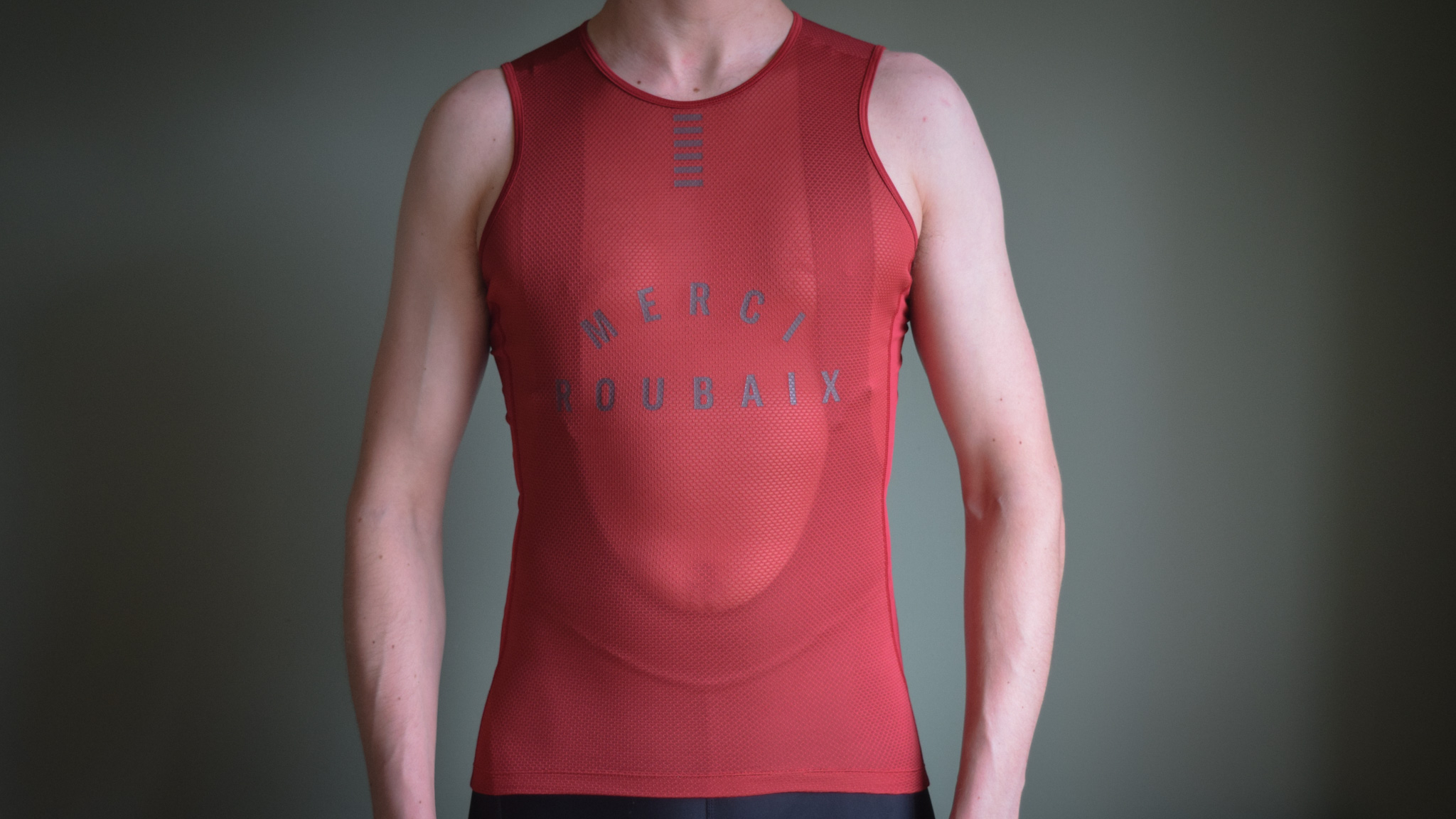
The Rapha Pro Team base layer has become something of a go-to base layer for me since I've been testing it. It stood out due to its excellent fit, comfort and performance. Styling is the last thing I'm worried about when it comes to a base layer, but it is pretty stylish as base layers go with its nod to Paris Roubaix on the front.
The fit is really great for me, there's no excess material or bagginess just a purposeful, performance fit that's very comfortable. Once it's on you don't notice it or have to think about it again. The front and rear panels are mesh with two stretchy solid side panels on either side which aid this. The arm cutouts are executed really well too, certain areas on tighter-fitting vests can be a little restrictive and even cut in at times but not so here.
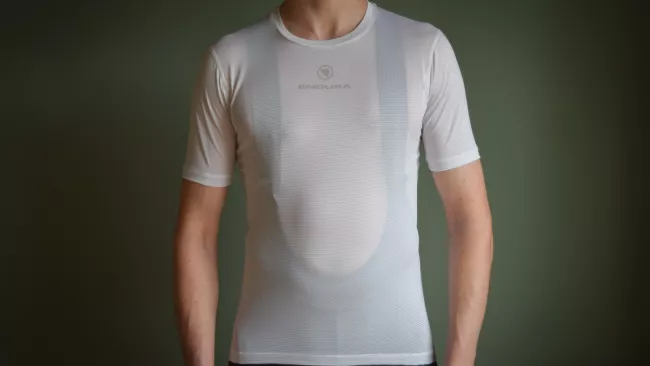
The Translite II from Endura gets the nod as the best budget summer base layer. It's affordable but uses quality construction. It does have something of an extra calling card however which I think makes it stand out from the rest and that's just how soft the polyester mesh material is.
The Translite has been one of the most comfortable and soft base layers I've used in all of my tests so far. It uses flatlock seams and is slightly more relaxed in its cut than some other racier, form-fitting options, which adds a bit of versatility.
It's really soft and comfy, trust me you won't be disappointed if you try one. Wicked well and worked well with a range of jerseys. For the money, it's a really good base layer, but given the slightly more relaxed fit it's perhaps not one for wearing underneath an aero jersey.
Winter winners
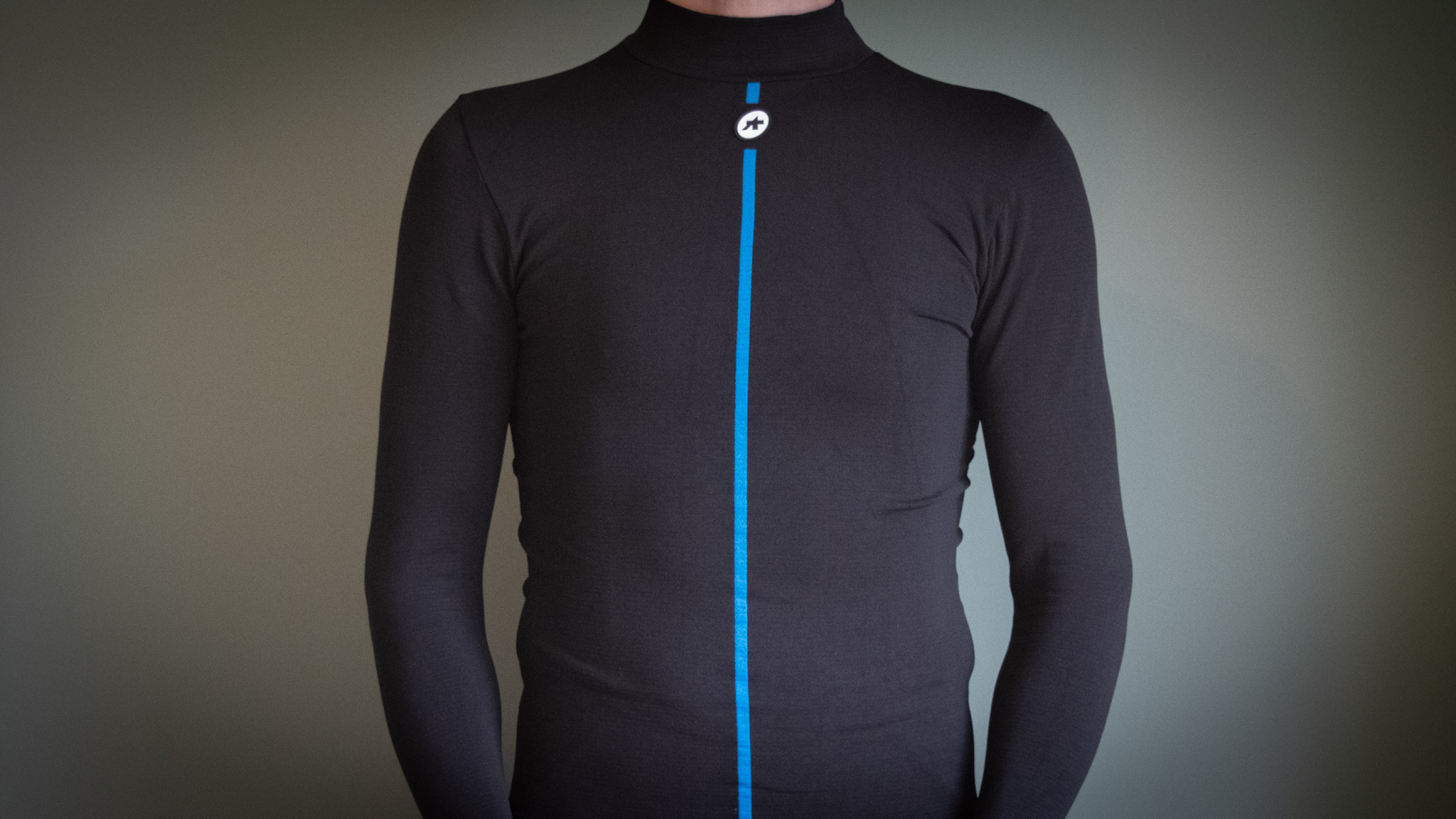
I said it at the time when creating the base layers buyers guide: There's something just a little bit special about the Assos Winter LS skin layer. Like a lot of Assos cycling kit, it carries a premium price tag, but after a winter with plenty of cold outdoor riding, including sub-zero conditions, I became sold on the LS skin layer. It's become a firm favourite of mine and stands out from the rest on a few fronts.
For starters, the LS has a really luxurious and plush feel. It's the most comfortable winter base layer I've worn. Pull it on and you do have something of an 'aaah' moment. I think it's because fit-wise it's figure-hugging and fitted, with a decent degree of stretch. The slightly taller raised neck adds to this, but at the same time, its material is very soft and plush. The two make for a beguiling combination.
There is what Assos calls a seamless construction, which means the torso section is one tubular piece of material with everything being brought together and closed at the shoulders and arms. This minimises seams and I think aids the second-skin feeling. Just attention and double-check your size against the Assos sizing when buying. I'm a size small in pretty much everything but this test product is an Assos M.
The winter skin layer is a high-end base layer that will keep you warm and snug during the winter and on the coldest days. It's a pleasure to wear and gets my vote as best overall winter base layer.
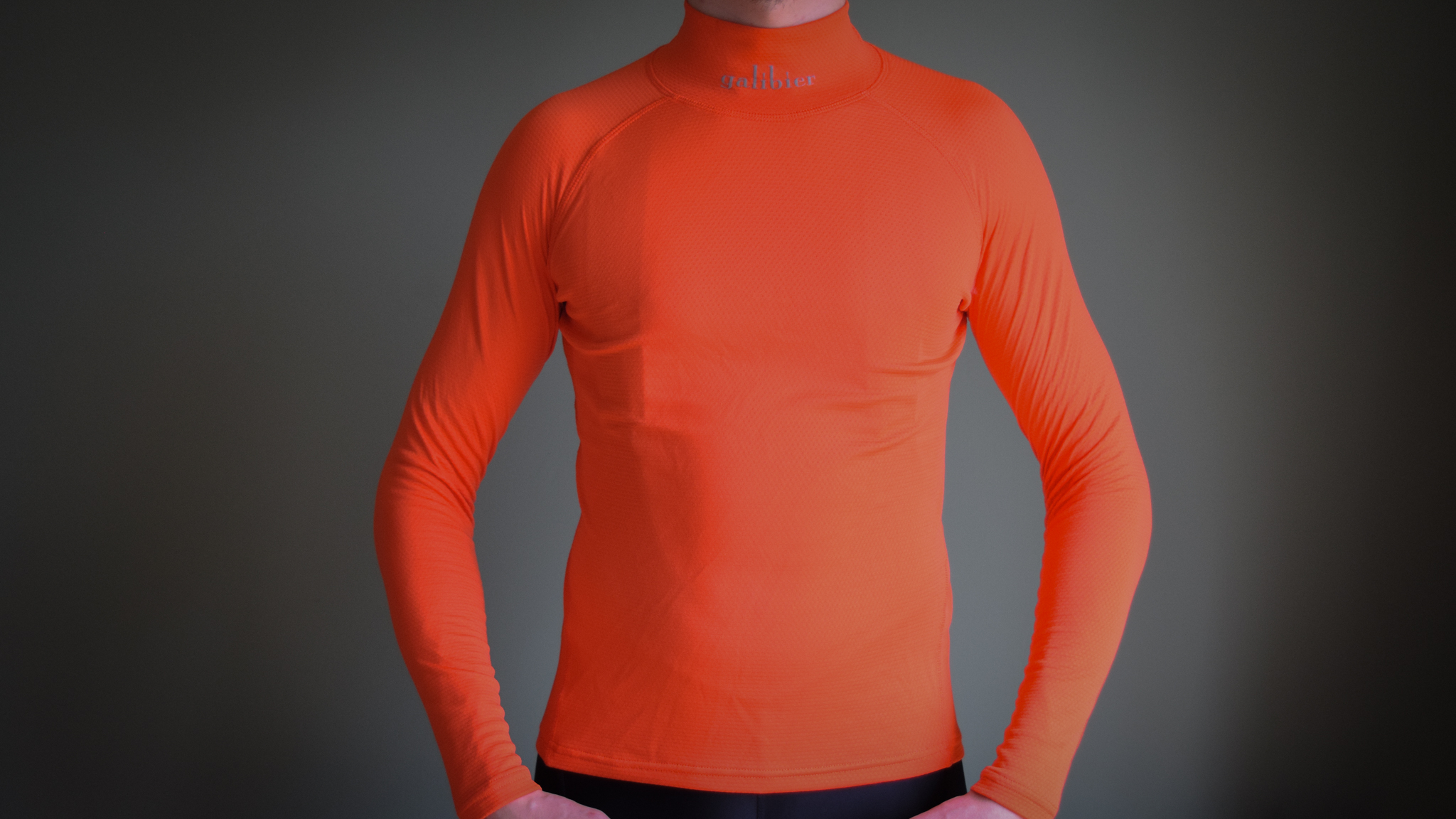
The Barrier base layer from Galibier is on paper actually the best value base layer in the whole of our buying guide and my testing so far. It's a good quality winter base layer with a raised neck that sneaks in at under £30 / $30.
It uses a polyester construction comprising two heat-sealed layers and a freshness treatment from Polygenie. The finish isn't as plush or soft as some base layers I've used but I don't think you should expect it for the price point.
The material is of a decent thickness, keeps you plenty warm enough and the high neck aids with the snugness factor. The orange colour and slightly less fitted and stretchy fit meant I actually wore this base layer for a few winter and spring runs too and it worked well there as well.
The Barrier is an excellent base layer that brings a lot to the table at a very competitive price point it will also do more than one job should you need it to.
Honourable Mention
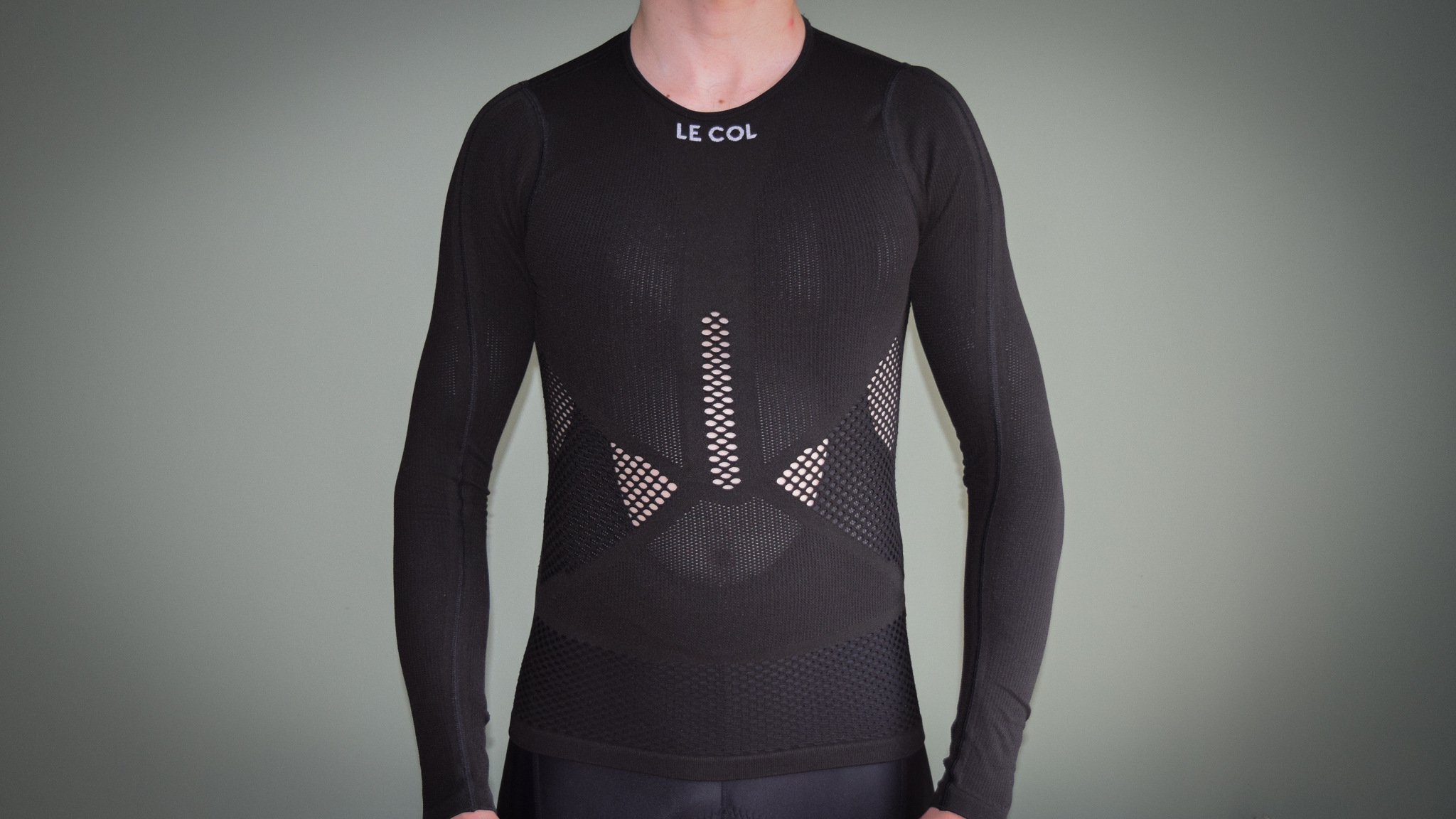
After a fair amount of deliberation, the Le Col Pro Mesh gets my nod for honourable mention. It's a very stretchy, tight-fitting base layer that's aimed at hard rides when a long sleeve base layer is still required. I believe it does what it's designed for, which is a reasonably specific job really well and I came to value its place in my wardrobe.
The Pro Mesh actually looks too small out of the packet, but pulling it on highlights the amount of in-built stretch and it provides a figure-hugging fit. It's still reasonably thick and the mesh varies from fine to larger open sections depending on the region of the torse to aid breathability.
The reason it became so valuable for me during testing was that I think it does exactly what Le Col say they have designed it for which is harder riding in cooler or changeable weather.
I usually have at least one harder club ride or chain gang a week throughout the year where I end up working hard, for over an hour. In winter and spring I usually want to get away with wearing a bit less and not overheating, or choosing kit that will keep me warm but won't slow me down. In the springtime when the weather is changeable, I found myself regularly wearing the Pro Mesh on its own under a Gabba style jacket with or without arm warmers. There is enough of it to keep you warm but it still feels fast and deals with sweat really well. It worked really well for these rides and a streak of wearing it began in late winter that lasted right through to early spring for the aforementioned rides.







